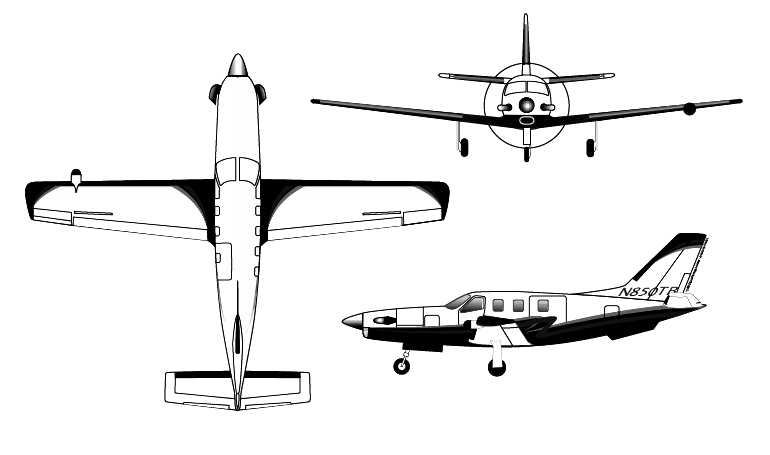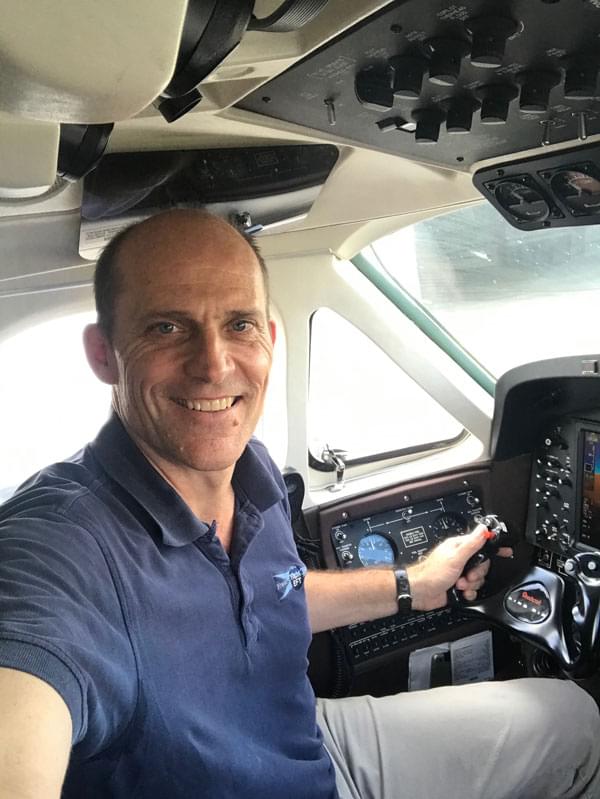
A 3.5% convenience fee will be added to credit card purchases.
3 Hours
.5 Hours
3 Hours
.5

Visual inspection
Pre-taxi procedures
Performance limitations
Cockpit management
Securing cargo
Starting
Taxi
Pre-takeoff checks
Normal
Crosswind
Short/soft field
VMC demonstration and recovery
Powerplant failure before VMC (rejected takeoff)
Powerplant failure after VMC
Lower than standard takeoff minima
Normal
One-engine inoperative
Steep turns
Approaches to stalls (All configurations)
Powerplant shutdown and restart
Slow speed handling characteristics
With a powerplant inoperative
Normal
Maximum rate (EMERGENCY)
VFR procedures
a. Normal
b. With one engine inoperative
c. With flap malfunction
IFR Precision Approaches
a. ILS-Normal
b. ILS- One engine inoperative
IFR non-precision approaches
a. GPS-normal
b. VOR/DME-normal
c. Non-precision approach one engine inoperative
d. Localizer/back course procedures
e. SDF/LDA procedures
f. ASR procedures
g. Circling approach
h. Missed approach procedures
From precision approach
From a non-precision approach
With one engine inoperative
Normal
With pitch mis-trim
From precision approach
From precision approach (ILS) with the most critical engine inoperative
With flap malfunction
Crosswind
Short and soft field
Parking
Emergency evacuation
Holding
Ice accumulation on airframe
Air hazard avoidance
Windshear/microburst
Pressurization
Air conditioning
Fuel and oil
Electrical
Hydraulic
Flight controls
Anti-ice and de-ice equipment
Autopilot/flight director
Stall warning devices
Weather radar
Flight instrument malfunction
Communication and navigation equipment malfunction
Aircraft fires
Smoke control
Engine failure/fire
Electrical, hydraulic, and pneumatic systems
Flight control systems malfunction
Landing gear and flap systems malfunction
Air hazard avoidance
Windshear/microburst

+ $250.00 for Difference Training between different models of the same airframe.
A 3.5% convenience fee will be added to credit card purchases.
3 Hours
.5 Hours
3 Hours
.5

+ 250.00 for Difference Training between different models of the same airframe.
A 3.5% convenience fee will be added to credit card purchases.
Daily – 4 Hours
Total – 12 Hours
Daily – .5 Hours
Total – 1.5 Hours
Daily – 2.5 Hours
Total – 7.5 Hours
Daily – .5 Hours
Total – 1.5 Hours

A $500 non-refundable deposit is required for simulator training and a $500 non-refundable deposit is required if I travel to your location. The deposit can be applied to any program if you have to cancel but reschedule within 30 days.
A 3.5% convenience fee will be added to credit card purchases.
3 Hours
.5 Hours
3 Hours
.5

+ $250.00 for Difference Training between different models of the same airframe.
A 3.5% convenience fee will be added to credit card purchases.
Daily – 4 Hours
Total – 12 Hours
Daily – .5 Hours
Total – 1.5 Hours
Daily – 2.5 Hours
Total – 7.5 Hours
Daily – .5 Hours
Total – 1.5 Hours

Visual inspection
Pre-taxi procedures
Performance limitations
Cockpit management
Securing cargo
Starting
Taxi
Pre-takeoff checks
Normal
Crosswind
Short/soft field
VMC demonstration and recovery
Powerplant failure before VMC (rejected takeoff)
Powerplant failure after VMC
Lower than standard takeoff minima
Normal
One-engine inoperative
Steep turns
Approaches to stalls (All configurations)
Powerplant shutdown and restart
Slow speed handling characteristics
With a powerplant inoperative
Normal
Maximum rate (EMERGENCY)
VFR procedures
a. Normal
b. With one engine inoperative
c. With flap malfunction
IFR Precision Approaches
a. ILS-Normal
b. ILS- One engine inoperative
IFR non-precision approaches
a. GPS-normal
b. VOR/DME-normal
c. Non-precision approach one engine inoperative
d. Localizer/back course procedures
e. SDF/LDA procedures
f. ASR procedures
g. Circling approach
h. Missed approach procedures
From precision approach
From a non-precision approach
With one engine inoperative
Normal
With pitch mis-trim
From precision approach
From precision approach (ILS) with the most critical engine inoperative
With flap malfunction
Crosswind
Short and soft field
Parking
Emergency evacuation
Holding
Ice accumulation on airframe
Air hazard avoidance
Windshear/microburst
Pressurization
Air conditioning
Fuel and oil
Electrical
Hydraulic
Flight controls
Anti-ice and de-ice equipment
Autopilot/flight director
Stall warning devices
Weather radar
Flight instrument malfunction
Communication and navigation equipment malfunction
Aircraft fires
Smoke control
Engine failure/fire
Electrical, hydraulic, and pneumatic systems
Flight control systems malfunction
Landing gear and flap systems malfunction
Air hazard avoidance
Windshear/microburst

+ $250.00 For Difference Training between different models of the same airframe.
A 3.5% convenience fee will be added to credit card purchases.
Daily – 4 Hours
Total – 12 Hours
Daily – .5 Hours
Total – 1.5 Hours
Daily – 2.5 Hours
Total – 7.5 Hours
Daily – .5 Hours
Total – 1.5 Hours

+250.00 for Differences Training between different models of the same airframe.
A 3.5% convenience fee will be added to credit card purchases.

+ 250.00 for Difference Training between different models of the same airframe.
A 3.5% convenience fee will be added to credit card purchases.
3 Hours
.5 Hours
3 Hours
.5 Hours

Our new simulator is based on the popular SOCATA TBM single engine turboprop light business and utility aircraft. Pilots of the 700/850/900 series turboprop aircraft will feel right at home with our precise flight modeling, visual and cockpit ergonomics. This is a great way to train!

+ $250.00 for Difference Training between different models of the same airframe.
A 3.5% convenience fee will be added to credit card purchases.
Daily – 4 Hours
Total – 12 Hours
Daily – .5 Hours
Total – 1.5 Hours
Daily – 2.5 Hours
Total – 7.5 Hours
Daily – .5 Hours
Total – 1.5 Hours

Our new simulator is based on the popular SOCATA TBM single engine turboprop light business and utility aircraft. Pilots of the 700/850/900 series turboprop aircraft will feel right at home with our precise flight modeling, visual and cockpit ergonomics. This is a great way to train!

+ $250.00 for Difference Training between different models of the same airframe.
A 3.5% convenience fee will be added to credit card purchases.
Daily – 4 Hours
Total – 12 Hours
Daily – .5 Hours
Total – 1.5 Hours
Daily – 2.5 Hours
Total – 7.5 Hours
Daily – .5 Hours
Total – 1.5 Hours

A $500 non-refundable deposit is required for simulator training and a $500 non-refundable deposit is required if I travel to your location. The deposit can be applied to any program if you have to cancel but reschedule within 30 days.
A 3.5% convenience fee will be added to credit card purchases.
3 Hours
.5 Hours
3 Hours
.5

+$250.00 for Difference Training between different models of the same airframe.
A 3.5% convenience fee will be added to credit card purchases.
Daily – 4 Hours
Total – 12 Hours
Daily – .5 Hours
Total – 1.5 Hours
Daily – 2.5 Hours
Total – 7.5 Hours
Daily – .5 Hours
Total – 1.5 Hours

+$250.00 for Difference Training between different models of the same airframe.
2 or 3 day initial *Depends on Experience
A 3.5% convenience fee will be added to credit card purchases.
Daily – 4 Hours
Total – 12 Hours
Daily – .5 Hours
Total – 1.5 Hours
Daily – 2.5 Hours
Daily – .5 Hours
Total – 1.5 Hours
The training to proficiency concept is the hallmark of our business.
We strive to make your training event challenging and informative by creating an individualized lesson plan that reinforces the skills you have already mastered while introducing the latest operational and procedural changes that enhance safety and efficiency. This is accomplished in our simulator, your airplane or by combining both in our Fly Safe Train Smart™program.

|
|
|
Full Motion King Air Simulator and/or in your 90/100/200/300/350

A 3.5% convenience fee will be added to credit card purchases.
3 Hours
.5 Hours
3 Hours
.5


The training to proficiency concept is the hallmark of our business.
We strive to make your training event challenging and informative by creating an individualized lesson plan that reinforces the skills you have already mastered while introducing the latest operational and procedural changes that enhance safety and efficiency. This is accomplished in our simulator, your airplane or by combining both in our Fly Safe Train Smart™program.

|
|
|
Full Motion Citation Simulator and/or in your CE-500, 510, 525 or 560XL

Douglas Carmody is a former airline Captain with over 30,000 flight hours. He has over 32 years of instructional experience in turbine aircraft. Along with being a contract instructor, he’s also a corporate pilot, a charter pilot, a licensed A & P Mechanic, and author of 15 aviation books and numerous magazine articles.

A 3.5% convenience fee will be added to credit card purchases.
3 Hours
.5 Hours
3 Hours
.5

A $500 non-refundable deposit is required for simulator training and a $500 non-refundable deposit is required if I travel to your location. The deposit can be applied to any program if you have to cancel but reschedule within 30 days.
A 3.5% convenience fee will be added to credit card purchases.
3 Hours
.5 Hours
3 Hours
.5 Hours

A 3.5% convenience fee will be added to credit card purchases.
Daily – 4-6 Hours
Daily – .5 Hours
Daily – As required for operational proficiency.
Daily – .5 Hours

A $500 non-refundable deposit is required for simulator training. The deposit can be applied to any program if you have to cancel but reschedule within 60 days.
A 3.5% convenience fee will be added to credit card purchases.
Classroom – 4.0 Hours
Baron Simulator – To Proficiency

Visual inspection
Pre-taxi procedures
Performance limitations
Cockpit management
Securing cargo
Starting
Taxi
Pre-takeoff checks
Normal
Crosswind
Short/soft field
VMC demonstration and recovery
Powerplant failure before VMC (rejected takeoff)
Powerplant failure after VMC
Lower than standard takeoff minima
Normal
One-engine inoperative
Steep turns
Approaches to stalls (All configurations)
Powerplant shutdown and restart
Slow speed handling characteristics
With a powerplant inoperative
Normal
Maximum rate (EMERGENCY)
VFR procedures
a. Normal
b. With one engine inoperative
c. With flap malfunction
IFR Precision Approaches
a. ILS-Normal
b. ILS- One engine inoperative
IFR non-precision approaches
a. GPS-normal
b. VOR/DME-normal
c. Non-precision approach one engine inoperative
d. Localizer/back course procedures
e. SDF/LDA procedures
f. ASR procedures
g. Circling approach
h. Missed approach procedures
From precision approach
From a non-precision approach
With one engine inoperative
Normal
With pitch mis-trim
From precision approach
From precision approach (ILS) with the most critical engine inoperative
With flap malfunction
Crosswind
Short and soft field
Parking
Emergency evacuation
Holding
Ice accumulation on airframe
Air hazard avoidance
Windshear/microburst
Pressurization
Air conditioning
Fuel and oil
Electrical
Hydraulic
Flight controls
Anti-ice and de-ice equipment
Autopilot/flight director
Stall warning devices
Weather radar
Flight instrument malfunction
Communication and navigation equipment malfunction
Aircraft fires
Smoke control
Engine failure/fire
Electrical, hydraulic, and pneumatic systems
Flight control systems malfunction
Landing gear and flap systems malfunction
Air hazard avoidance
Windshear/microburst

Flight Instructor
Bob’s flying Career began at Southern Illinois University in 1986 in the Aviation Flight/Management program, flying multiple single and light twin general aviation aircraft. His military background spanned 28 years of service to include 26 continuous years of flying Marine F/A-18 fighters and the King Air Series (UC-12) Aircraft. In addition to his Fighter Experience, Bob was the Marine Corps’ Lead Standards and Evaluation Check Pilot for the King Air 200 for over 12 years, providing Standardization, Evaluation, and Instruction for Marine Corps and Navy BE-20 units and their pilots worldwide.Bob’s commercial flight experience also includes over 17 years of Part 121 flying with a Major International Cargo Carrier, flying Boeing 727, and 757/767 Heavy Jet transports. His Ratings/Certificates include ATP, MEI, MEI (I), Turbojet Flight Engineer with Multiple Heavy Jet and Turboprop Type ratings. Bob has been an Instructor with Executive Flight Training since 2015 where he specializes in Instructing the full King Air Series Aircraft and many other multi-engine reciprocating and turboprop airplanes.

Flight Instructor
A veteran of 22 years of United States Marine Corps Aviation, Derek began flying in 1990. Accumulating over 4,100 hours of military flight time as both an aviator and instructor in the F/A-18 and UC-12 King Air, Derek retired from active duty in 2012. As a DOD contractor, he flew King Air 200 and King Air 350 aircraft in both Afghanistan and multiple locations in Africa. Derek joined the Executive Flight Training team in January of 2015. A longtime aircraft owner, his general aviation experience includes over 2,900 hours in multiple makes and models. An ATP rated pilot and type rated in both BE300/350 and BE200/250 aircraft, Derek holds ASEL, AMEL, CFI, CFII, MEI certificates with tailwheel endorsement.

Flight Instructor
John has over 30 years of flying and instructional experience including a combat tour in the F-18. While in the Marine Corps, John was a lead instructor and check pilot on the Beechcraft King Air series and flew numerous intelligence, surveillance, and reconnaissance missions in the King Air 200 and 350. In addition to contract instruction for Executive Flight Training, John also flies for a major US airline. He is a graduate of Embry-Riddle Aeronautical University with a degree in Aeronautical Science over 7,500 hours of turbine experience. He is the author of many safety reports and apparently grows a Fu Manchu on his off days.

A $500 non-refundable deposit is required for simulator training and a $500 non-refundable deposit is required if I travel to your location. The deposit can be applied to any program if you have to cancel but reschedule within 30 days.
A 3.5% convenience fee will be added to credit card purchases.
The Pilatus PC-12 is frequently an entry-level turbo-prop airplane for many pilots.
The results in many insurance companies are requiring a minimum number of dual hours in addition to attending an initial class. I can put together a program that incorporates numerous cross country flights while meeting the insurance company requirements.
Many of my students have completed their required supervised hours while flying to the Bahamas, Mexico, or other destinations. Just give me a call to discuss your insurance requirements.